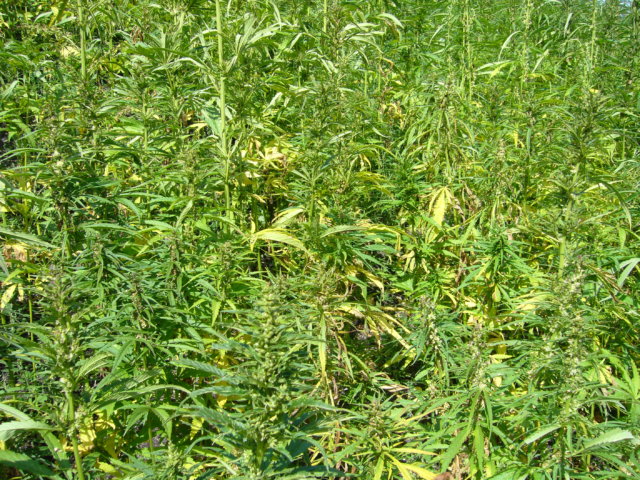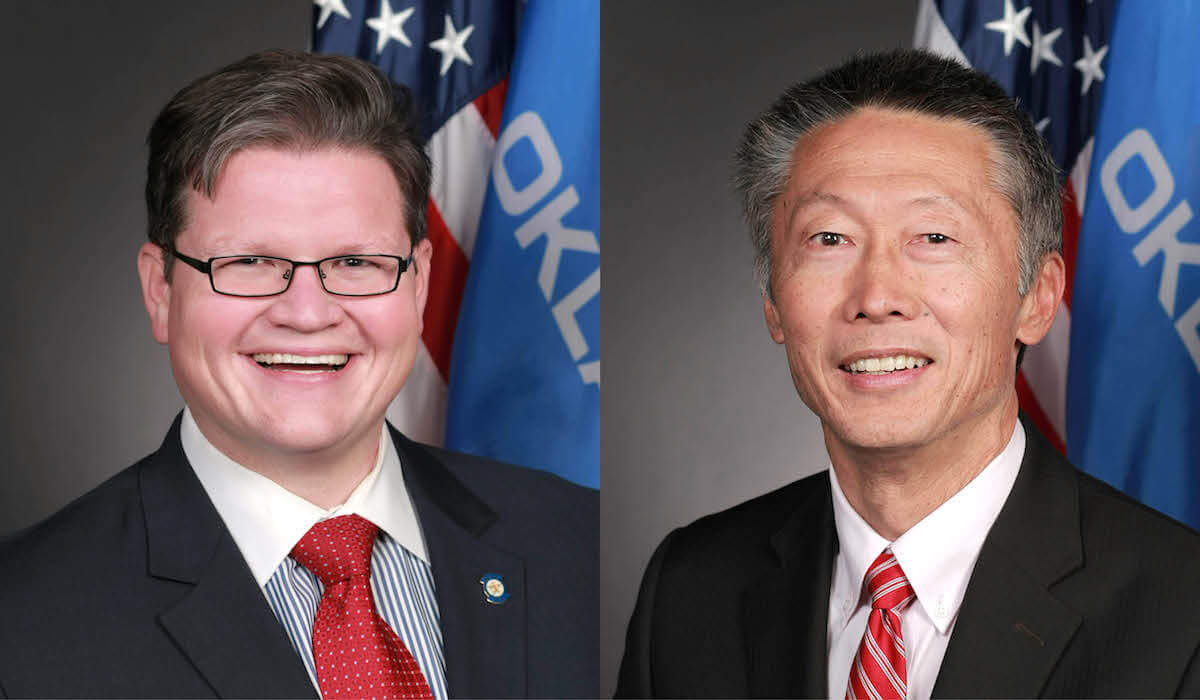

If a bipartisan team of two south Oklahoma City state representatives gets its way, farmers will have the chance to grow industrial hemp in the state of Oklahoma for the first time since the 1940s.
After watching other states experiment with industrial hemp pilot programs following the passage of the federal Agriculture Act of 2014, Rep. Mickey Dollens (D-OKC) and Rep. Jon Echols (R-OKC) co-authored HB 2913 in hopes of enabling industrial hemp pilot programs and providing Oklahoma with a much-needed source of state revenue.
“This has incredible potential to become a multibillion dollar industry in Oklahoma,” Dollens said. “As a legislator and, as the Governor said, trying to come up with new and creative ways that are outside of the box to create revenue, this is it right here.”
HB 2913 flew through the House Agriculture Committee with a 14-0 unanimous vote and is now eligible to be heard on the House floor. Echols if the majority floor leader, bolstering the bill’s chances considerably.
If the bill becomes law, it would allow farmers to obtain a contract to grow industrial hemp in conjunction with the Oklahoma Department of Agriculture and a university, such as Oklahoma State University or Cameron University, to study the economic potential of the plant and its environmental impact. The pilot program would last two years, giving state researchers a good idea of how industrial hemp could affect Oklahoma’s economy, environment and labor force.
HB 2913 lays out industrial infrastructure
Market-research firm The Brightfield Group estimates that the sales of hemp cannabis products could reach $1 billion in the next three years. Colorado has been growing hemp for the past three years and has now successfully employed infrastructure to support industrial hemp. Carl Lehrburger, the chief operating officer of PureHemp Technology, a company that converts industrial hemp into hemp-based products, emphasizes the need of efficient infrastructure for a profitable hemp industry.
“If you look at the whole supply chain, it starts with the growing, but that’s the easy part,” Lehrburger said. “If the other pieces aren’t there, the growers are not going to have valued-added agriculture. It’s really about infrastructure, not about growing.”
HB 2913 currently would require farmers to have a contract with an industry that would pay them for their hemp supply. Therefore, a grower would be unable to plant hemp without an industrial contract as well as a partnership with a higher education institution and the Department of Agriculture.
“From a Colorado perspective, it’s taken years to get to where we are now … and in that regard, it’s a very robust CBD industry,” Lehrburger said.
Oklahoma Bureau of Narcotics and Dangerous Drugs on HB 2913: ‘We had no concerns’
Before industrial hemp can become a reality in Oklahoma, individuals need to know how hemp differs from its counterpart, marijuana.
RELATED
SQ 788: Medical marijuana bills address language, scope by Garrett Davis
Yes, hemp and marijuana are both in the cannabis family, but their chemical makeup differs drastically. Marijuana has a much higher percentage of THC (tetrahydrocannabinol), the psychoactive element that allows users who smoke marijuana to achieve a buzz. Marijuana usually contains a THC content of 5 percent to 35 percent. Hemp, on the other hand, usually has a THC content of 0.3 percent, making it impossible to become “high” if the plant were smoked.
“We had no concerns with this legislation,” said Mark Woodward, the spokesperson for the Oklahoma Bureau of Narcotics and Dangerous Drugs. “We have a lot of confidence that it is going to be written in such a way that it will benefit those who want to participate and not have any type of incentive that would attract criminal elements.”
Marijuana is cultivated for medical and recreational uses, but hemp has many uses. Hemp structures, such as buildings, date back to the times of ancient Rome. George Washington and Thomas Jefferson grew hemp on their estates and considered the plant an extremely lucrative cash crop. Henry Ford built car parts using hemp. Industrial hemp is thought to be more sustainable than concrete or steel and is quickly becoming a sought-after building material.
The road to legislate industrial hemp
Hemp started to become associated with marijuana when the 1937 Marijuana Tax Act imposed taxes on the sales of cannabis, hemp and marijuana. This bill did not directly make it illegal to possess or use hemp or marijuana but instead dealt heavy fines and prison sentences for those who did so without permits. This stood until 2014, when President Barack Obama signed the Agriculture Act of 2014. That bill authorized states to kick start hemp pilot programs in coordination with their state agriculture agency and an institution of higher education. Since the bill’s enactment, 38 states have now considered industrial hemp legislation; 27 states have created industrial hemp research or pilot programs.
Oklahoma could very well be the next.
“We’re using education to help people understand that this is a non-psychoactive cash crop that could help our state fund our services that we need so desperately,” Dollens said. “We have an abundance of land, we have the perfect conditions to grow this cash crop, and there is no reason why we shouldn’t.”





















